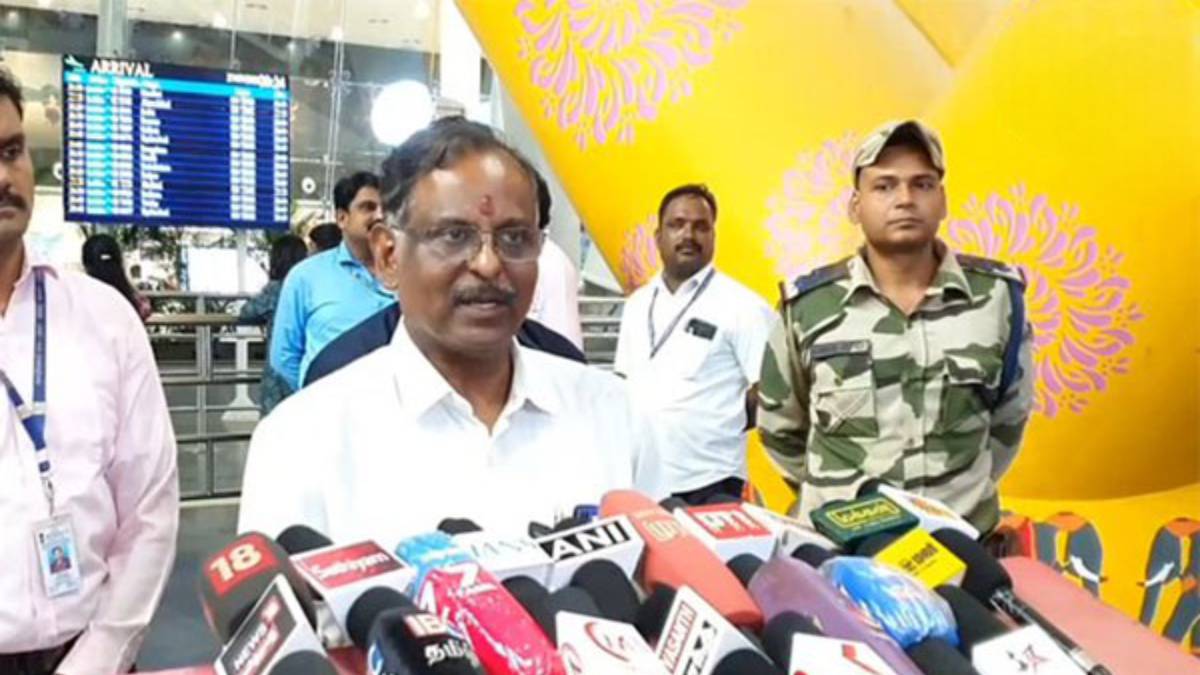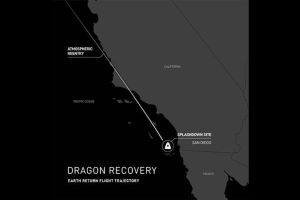The Indian Space Research Organisation (ISRO) is set to launch the much-anticipated NASA-ISRO Synthetic Aperture Radar (NISAR) satellite on July 30 using the GSLV-F16 rocket, according to ISRO chief Dr. V Narayanan. The mission marks a major step in India-US space collaboration and aims to revolutionize Earth observation capabilities.
NISAR, jointly developed by NASA and ISRO, will scan the Earth’s entire surface every 12 days, offering high-resolution, all-weather, day-and-night imagery. Equipped with NASA’s L-band and ISRO’s S-band radar systems, the satellite will track surface changes with centimeter-level precision, supporting studies on climate change, natural disasters, agriculture, and infrastructure monitoring.
“We are going to launch the NASA-ISRO Synthetic Aperture Radar satellite through the GSLV-F16 rocket by July 30,” Dr. Narayanan confirmed.
The satellite’s radar will cover a 242 km swath with detailed imaging, enabling researchers to monitor glacier movements, earthquakes, deforestation, and coastal erosion, significantly boosting Earth sciences and global disaster response efforts.
The ISRO chief also shared updates on India’s ambitious Gaganyaan Mission, aimed at sending Indian astronauts into space by March 2027. As a preparatory step, ISRO will conduct three uncrewed missions, beginning with a humanoid robot mission in December 2025.
“A robot named Vyommitra will be sent into space this December. If the mission is successful, two more uncrewed missions will follow next year,” Narayanan said.
Vyommitra—derived from the Sanskrit words “Vyoma” (space) and “Mitra” (friend)—is a female robot astronaut designed to monitor onboard parameters, issue alerts, interact with ground control, and perform complex tasks such as operating control panels and executing life support procedures.
These developments underscore ISRO’s rising stature in global space exploration and its commitment to pushing the frontiers of technology while paving the way for India’s first human spaceflight program.





